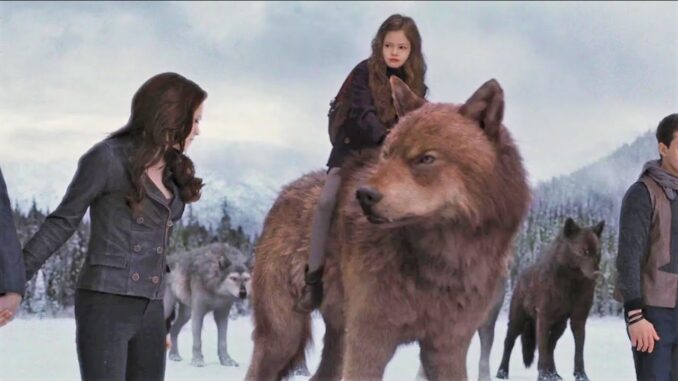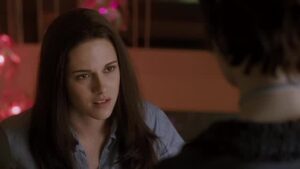
Why women still love Twilight?
Anybody who has been a teenage girl will know how dark and swampy the sexual imagination of that demographic can be. At 14 and 15, after watching Baz Luhrmann’s Romeo and Juliet (1996), and then James Cameron’s Titanic (1997), I became so obsessed with Leonardo DiCaprio that I’d lie for hours on my bed hatching feverish plans for going to New York and meeting him; comparing fictional fling Kate Winslet to me (similar body type, I told myself) and broodingly calculating my chances. It wasn’t ‘t a funny light-hearted thing, but deadly serious, awash in life or death longing. The same quality applied to Will, Pete, Travis, Chris, and the other boys at school on whom I developed all-consuming crushes.

No wonder, then, that the Twilight saga had the epoch-defining impact on girlish sexuality that it did. It’s been 15 years since the release of the first Twilight film, the first in a series based on Stephanie Meyer’s novels (2005-2008) that would gross £3.4 billion. It remains an important reminder of what really gets this very particular, young female intensity going – and it isn’t woke gender ideology. It’s beautiful boys (Robert Pattinson was a smart choice), part dangerous, part swoon-worthy knight in shining armor and – because why not? – part bloodsucker. The beautiful, gey girl on the receiving end is also key; despite being as straight as a die, I’ve always found Kristen Stewart oddly attractive; and so do many other straight women. Everything about Twilight was calculated to be sexy – and it succeeded.
What boys (and men) might not understand is that for teenage girls, the swooning madness is an erotic intoxication but has little to do with actual sex. My adolescence was consumed by boys, but my end goal was that the dark pull would be reciprocated and sealed with nothing more than some passionate and languorous kissing.
